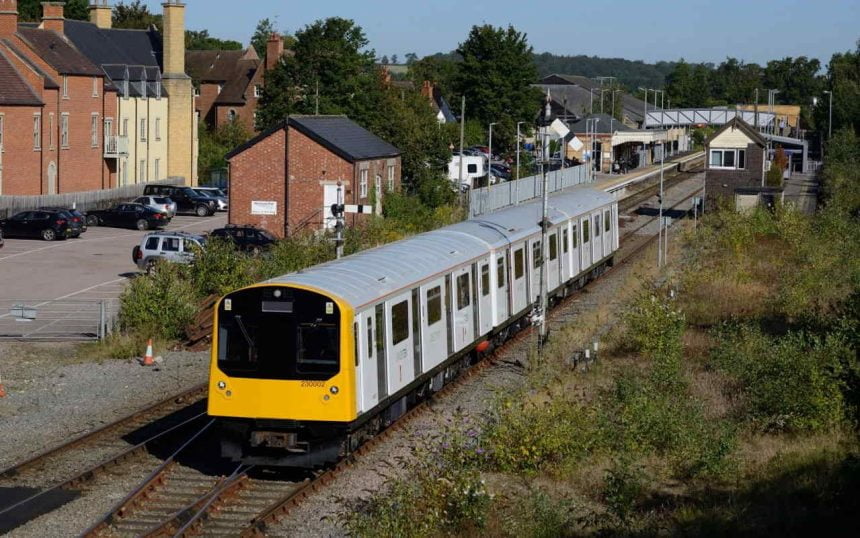Vivarail has announced that their Class 230 battery train has achieved a UK first by travelling 40 miles on battery power alone.
Testing runs through the autumn saw the train run reliably many times for 40 miles.
The Class 230 battery train is now fully approved and ready for passenger service.
It is able to replace diesel stock on a variety of lines.
What did the officials say?
Adrian Shooter, CEO of Vivarail, said
“We began our work on battery power a couple of years ago and since then we have tested the train in passenger service at Bo'ness, built the fast charge system and proved the range the train can operate.
“With a new type of battery which we will use in our upcoming production trains we are confidently predicting a range of 60 miles between charges with only a 10 minute charge time. We look forward to providing emission-free trains and playing a significant part in decarbonising the UK's rail network.
Where Next?
RailAdvent Plus
Check out the features!
News Homepage
For the Latest Railway News
RailAdvent Online Shop
Framed Prints, DVD's / Blu-Ray's and more
LocoStop Community
Come and share your railway pictures
Mainline Steam Info
Upcoming mainline steam tours/loco movements
Network Rail
Visit their website

Perfect for the short branch lines in the West Country like St Ives!
I agree Nicholas. Indeed.
The Vivarail Class 230 Battery-Electric train might be ideal to operate on the Stourbridge Junction-Stourbridge Town branch line and to replace the Class 139 diesel powered tram-train (Parry People Mover). And could also be operated on the Marks Tey-Sudbury line in East Anglia, Uckfield line, Marshlink line and other smaller branch lines in England and Wales. With a charging point at selected railway stations and charging points at sidings and at maintenance depots.
I think that battery operated trains is ideal and should help reduce Co2 emissions and to cut down on pollution. Plus Vivarail could fit solar panels on top of the trains roof to generate enough electricity for the trains battery so that the battery powered train can last longer whilst running a passenger service.
The Class 139 is not powered by Diesel. It’s powered by LPG and momentum.
Thought I got it wrong. Thanks.